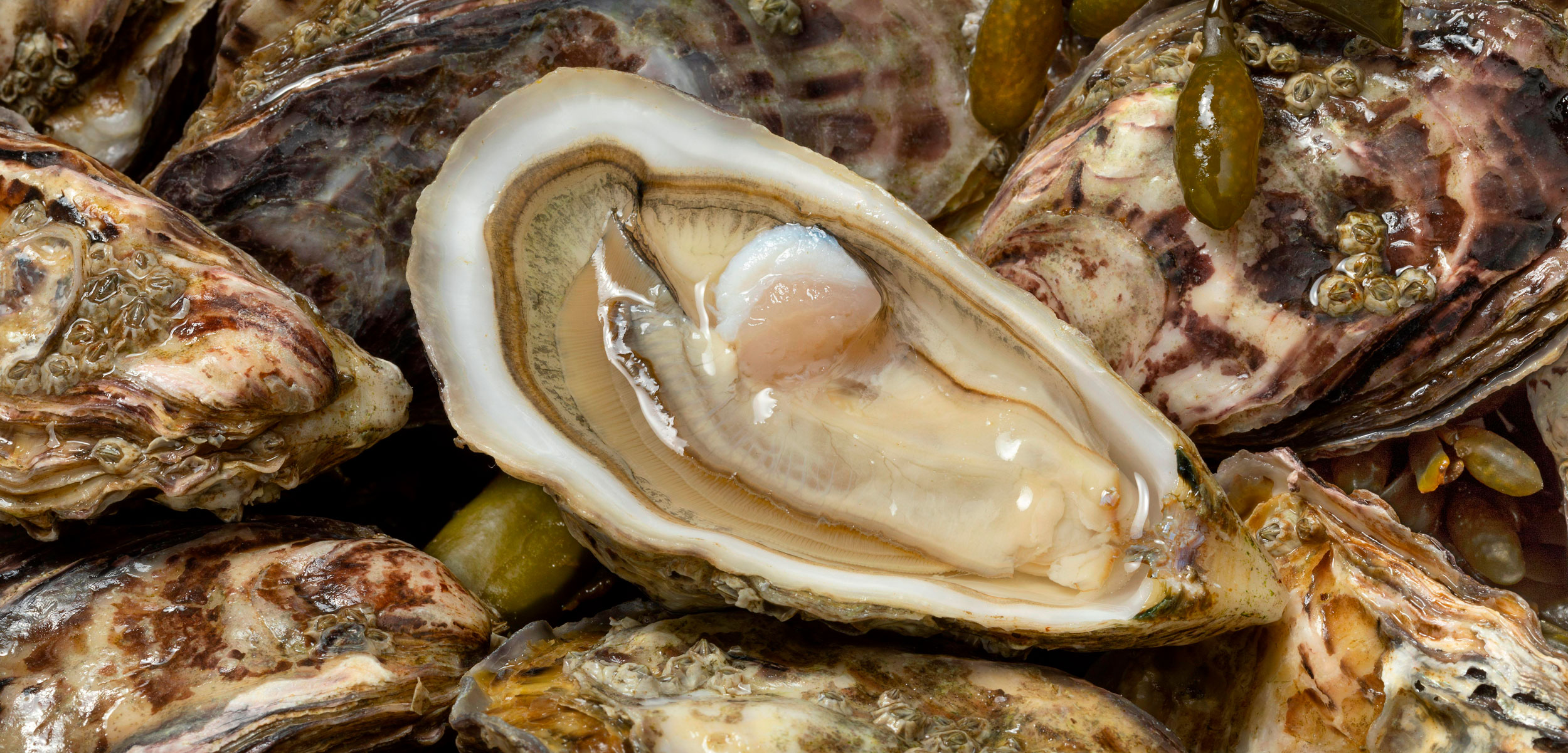Oysters, a type of mollusk, are prized for their delicate flavor and unique texture. They are often consumed raw or cooked and can be found in various cuisines around the world.
Types of Oysters
There are numerous types of oysters, each with its own distinct flavor and texture. Some of the most popular types include:
- Eastern Oyster: A common oyster found along the East Coast of the United States, known for its briny flavor.
- Pacific Oyster: Larger and milder than Eastern oysters, often used in raw bars.
- Olympia Oyster: A small, sweet oyster that is often harvested in the Pacific Northwest.
Culinary Uses of Oysters
Oysters can be enjoyed raw, cooked, or canned. Here are some popular ways to prepare oysters:
- Raw Oysters: Often served on the half-shell with various sauces, such as cocktail sauce or mignonette.
- Grilled Oysters: Oysters grilled with butter, garlic, and herbs.
- Oyster Rockefeller: A classic dish featuring oysters baked with spinach, cream, and breadcrumbs.
- Oyster Stew: A creamy soup made with oysters, cream, and vegetables.
- Oyster Po’ Boy: A popular sandwich in New Orleans, featuring fried oysters on a baguette.
Nutritional Benefits of Oysters
Oysters are a nutrient-dense food, rich in protein, vitamins, and minerals. They are particularly high in zinc, which is essential for immune function and wound healing. Oysters are also a good source of omega-3 fatty acids, which are beneficial for heart health.
Sustainable Oyster Consumption
To ensure the sustainability of oyster populations, it’s important to choose oysters that are harvested responsibly. Look for certifications that verify sustainable aquaculture practices, such as the Aquaculture Stewardship Council (ASC).
By choosing sustainably sourced oysters and preparing them in various ways, you can enjoy this delicious and nutritious seafood while supporting responsible aquaculture practices.
Would you like to know more about a specific type of oyster, its culinary uses, or its nutritional benefits?
